Search for a RW: Summer 2022 Shortlist
United’s summer business for 2022 has been a case of a lot of noise, but no actual results. What was hailed and expected to be a quick and intense rebuilding of a team that was the subject of huge disappointment and embarrassment in 21/22, has resulted in a complete lack of movement in terms of sales and buys. Coupled with rival teams strengthening proactively, and attempting to build deeper squads as protection against a season that will include a winter World Cup in the middle of it, United’s lack of movement for key starter positions that have issues, is demotivating to say the least.
Defensive midfielder remains a priority position but that seems nowhere close to being addressed, with rumors of Frenkie De Jong and Eriksen doing the rounds, neither of whom fit the archetype. Our top targets based on the shortlist created this year contained Grillitsch, Kamara, Tchouameni and Doucoure, all of whom have moved or are set to move soon. While the midfield search seems focused on a chase behind Frenkie De Jong, today we turn our attention to another problem area of the squad – Right Winger.
Why is RW a problem area?
I’m going to lay out a statement that might cause some debate.
United have no viable right winger starter
Let me explain. Rashford, Elanga, Sancho, Garnacho all prefer playing from the left while Amad Diallo and Pellistri are too raw to command a starting RW position having played just a combined 15 senior team 90s in Europe in their career so far.
The most debated statement here will be Sancho’s. As much as fans would like to believe Sancho can be the permanent RW solution for United, his stats suggest he’s better at LW, while his playing profile also indicates much more comfort playing from the left and cutting in. Laurie Whitwell revealed on his podcast this year that Ole bought Sancho for the LW position, while the decisions of Ole and Rangnick to play Sancho predominantly on the left this season have confirmed these thoughts as well. There is a strong chance that Sancho continues playing off the left, and even if he does take the right side temporarily for a season, it might be in United’s best interest to acquire a permanent RW that fits Erik Ten Hag’s tactics.
What kind of RW should we target?
A tougher question to answer. But if we are going by Erik Ten Hag’s preferences, we have a few hints to go on. At Ajax, he used inverted wingers who were good at wide play. The wingers often held width to stretch play and then had the ability to cut in and create/score when presented with isolation situations (1-on-1s with fullbacks after overloading the opposite side). There are variations to this. Tadic was a more narrow support striker type LW when he played there (A role Sancho or Rashford could mirror), Antony was closer to the isolation winger archetype, holding width and using his dribbling to cut in while Ziyech was more creative attempting to roam inside and pick out passes for his other attackers and midfield runners. But largely speaking, they were all inverted and well-rounded enough to offer wide play and cut in, work with other attackers and provide output in terms of assists or goals when in dangerous areas. This is what I’ll be going on in terms of statistics that I’ll pick out to create a shortlist.
Creating a shortlist
I’ll keep this brief so that we can spend more time on the final targets. A summary of my actions:
- I downloaded data from Fbref (You can find a drive here where I’ve uploaded all player stats and team logos)
- I converted all stats to per 50 touches to better reflect what players do with the ball
- I filtered out players with low 90s (>12 league 90s played) and all positions other than wingers
- I converted all stats to percentiles within this group (Note: This will be very different from Fbref percentiles thanks to a more narrow dataset.)
I used the following 5 stats to create a weighted formula:
Dribbles attempted: 30% weightage
Progressive Carries: 20% weightage
NpxG: 10% weightage
Pressures: 20% weightage
xA: 20% weightage
50% of the weightage is purely towards the 2 carrying stats. The reason is simply because we want a strong dribbler, first and foremost. Pressing and expected assists carry the next most importance because we want a winger who can press (Rashford, Sancho, CR are all very poor pressers) and has a good final ball. The last weightage for NPxG is to ensure that our winger has some good movement to get into the box and generate scoring chances for himself, something that can be of value considering the creativity of Sancho and Bruno.
The final filter was age. We want someone under the age of 25 so that this position is sorted for a long time. The results were as follows:
Kulusevski and Vinicius Jr. topping our list gives us a good indication. Even by the eye test, Kulusevski is one RW who has the perfect mix of carrying, creation, scoring and pressing that would benefit a top team, as Spurs are finding out in recent times, while an inverted version of what Vinicius is doing this year would be a godsend.
So, we’re on the right track. The next step is to find out who can realistically work as a permanent RW for us. We need to filter out players who are better off the left (Ali Cho, Holtmann etc.) and players who would not move to United at this point (Salah, Kulusevski etc.). I also used some minimum filters (10%-20%) on each stat to avoid players who are really poor at 1 aspect (Eg. Someone who is very poor at pressing like Chukwueze).
After these filters, the results are as follows:
These are the top 6 by weighted score who can play RW permanently and are realistic to pursue. This becomes our shortlist. Yay!
Let’s get into the details of each attacker to further figure out their potential to be Manchester United’s right winger.
Note: The pizza charts from here on are based on the same percentiles I calculated on a per 50 touch basis in our narrow dataset of Europe’s wingers who have played >15 90s. They are not Fbref percentiles. These percentiles will seem a bit more extreme (highs and lows) due to the narrow dataset, and will serve to let us know how good/bad someone is for a given stat as compared to the others in the same set of players.
Nico Williams
Club: Athletic Bilbao
Nation: Spain
Age: 19
Position: RW, LW
Foot: Right (74%)
Contract end: June, 2024
Market Value: £10.80m
Rumored transfer fee: £40m-£50m
The brother of club teammate Inaki Williams, Nico made it as a permanent RW candidate in our shortlist because he has played RW 44 times and LW 6 times in his senior career so far. As you can see, it’s not been a vast career. The Spaniard only had 2 sub appearances last season. This season has been his breakout one as he made 40 appearances across all competitions. Only 14 of these were starts. Bilbao have played a consistent 4-4-2 this season with Bereneguer starting the year as RM, but Nico has been pushing him hard for that spot, often rotating with him. By season end, Nico was featuring more often, ending 21/22 with 5 continuous league starts at RM, seemingly having made that spot his own.
Pros: If you’ve been missing a throwback electric orthodox right winger, look no further. Nico’s best trait is his dribbling. Using his electric pace, tight ball control and quick direction shifts, Nico is a heavy take-on winger. He stays wide to receive smartly and then has a go at his fullback which will really suit the wide isolation winger Ten Hag enjoys. Additionally, Nico has the combination ability to play give-and-gos and carve out threatening openings with short passes and brisk movement. His off-the-ball workrate is also superb as he fits into Bilbao’s famous pressing ethic. He’s a dream in attacking transition situations, getting into good areas with and without the ball and is a very intense ball-chaser if he loses the ball or the team needs him to help out on the wings.
Cons: Most of Nico’s weaknesses stem from the simple fact that he’s too raw. This was his first season of note in which more than half his appearances were subs. He barely became a Bilbao starter by season end, so a jump to immediate starter at Manchester United might be too soon. If someone questioned how much of an immediate upgrade 19-year-old Nico offered over 19-year-old Amad Diallo or 20-year-old Pellistri, it would be a valid question. Nico’s end product is lacking, merely as a function of his rawness. As the pizza chart shows, he doesn’t boast great final third numbers or final pass threat and is yet to score a league goal (He has 3 in cups). Given his talent, these stats are bound to improve as he keeps developing, but a call for an immediate RW starter might be too early for him. Probably, a year or two down the line, if required.
Overall Score: 7/10
Takefusa Kubo
Club: Mallorca (on loan from Real Madrid)
Nation: Japan
Age: 21
Position: RW, AM
Foot: Left (86%)
Contract end: June, 2024
Market Value: £27m
Rumored transfer fee: £10m-£20m
Kubo came with a lot of fanfare to Real Madrid at the tender age of 18. What started out as 1-2 loans for development has now stretched to 4 loans at Mallorca, Villareal, Getafe, and Mallorca again this season. The Japanese international is now 22 and staring at the last 2 years of his Madrid contract, as Madrid block their 3 non-EU slots with established youngsters, Vinicius, Rodrygo and Militao. The chances of Kubo pushing for a permanent move are higher than ever and as per rumors, Madrid are willing to part with the wonderkid for as low as £15m.
Kubo has played RW in Mallorca’s 4-2-3-1 or 4-3-3 this season, racking up 19 starts and 31 appearances. In his whole career, he has started 63 times at RW, followed by 23 times at AM, his second best position. The parallels with Mata in terms of profile are obvious.
Pros: Kubo is technically sound. His ball control, passing, playmaking and carrying are excellent as seen in the pizza chart. He’s a very good progressor and shot-creator, while his ability to dribble into dangerous areas is outstanding. He also takes a good number of shots thanks to his ability to carry into good areas and get in sight of goal. Overall, he’s a very Mata-ish profile or, from a Ten Hag perspective, a potential Ziyech type.
Cons: His output is lacking. For all his great underlying metrics, Kubo doesn’t trouble the goals and assists charts often enough. He has only 2 goals and 2 assists in all competitions this season and just 18 goal contributions in his 4 years in Europe so far. Some of it can be attributed to playing for teams that don’t dominate regularly and him not getting consistent runs in them, but he also lacks the aggression and mentality to take the game by the scruff of its neck and force the issue when the team needs it. This lack of output is a major reason why he gets dropped at times for someone who is a lot more direct and why Madrid are sending him out on loan repeatedly in hopes he can develop an end product. Additionally, Kubo is not the best presser in the world and his defensive intensity to win the ball back and help out in deeper areas is not that great either. His off-the-ball movement to receive in wide and dangerous areas is also average. With the ball, a gem, without it, not so much.
Overall Score: 7.5/10
Nicolo Zaniolo
Club: AS Roma
Nation: Italy
Age: 22
Position: RW, AM
Foot: Left (88%)
Contract end: June, 2024
Market Value: £49.50m
Rumored transfer fee: £40m-£50m
Zaniolo started his career as a midfielder, often playing in a box-to-box role or attacking midfielder role. He has played attacking midfielder 83 times and right winger 51 times in his career so far. But over time, he has been deployed more on the right wing. This season, he played 20 times as a right winger in a front 3 and 18 times as a right-sided support-striker in a front 2 and it seems like the right-wing spot is where he’ll make a permanent home at, whether it is at Roma or any other club. The recent switches to a back 5 have resulted in Zaniolo getting dropped more often, due to not getting his RW slot, which has apparently prompted an altercation with manager Mourinho.
As per the rumors, Zaniolo is expecting a system where he can play RW in a front 3 and a new contract that matches Tammy Abraham’s wages, failing which he would consider moving away. Roma want €50m for the Italian if such a situation comes to pass.
Pros: Zaniolo’s best traits are his carrying and shooting. He feels very comfortable with the ball, driving into half-spaces and fashioning shooting chances for himself. With 12 goal contributions in 30 90s this year, he is an output-based player and those numbers could improve further in a settled system where he plays RW in a front 3. He has very good positioning IQ to receive between the lines or wide and is a good defender, not shy of getting into tackles and making recoveries in deeper areas. He has an imposing physique (190cm, 79 kg) that helps him in duels and dribbling ability. He is also a good shot-creator from open play, possessing a nice long ball. All of this suits Ten Hag’s winger requirements nicely.
Cons: One of the main reasons he has been moved away from central roles is that he isn’t super creative. His ability to break blocks via through balls and visionary passes is below average. He does have a nice final ball (cross or cutback) that can be developed further, making him better suited to a wide inverted role. His fitness is also one concern, but a large part of that was the ACL injury he suffered in 2020 that took him out for a full season. This year, he’s clocked 40 appearances, and the drops to the bench were largely tactical. His fitness issues could be behind him and his passing progression is a very small issue given United have Bruno and Sancho for that.
Overall Score: 9.5/10
Alexis Saelemaekers
Club: AC Milan
Nation: Belgium
Age: 22
Position: RW, LW
Foot: Right (80%)
Contract end: June, 2026
Market Value: £18m
Rumored transfer fee: £15m-£20m
Alexis moved from Anderlecht to Milan on loan when he was 20 and impressed enough for Milan to pay the €3.5m fee to make his stay permanent. Over the last 2 seasons, the Belgian has been unable to lock a starting spot appearing 83 times, but starting only 59 times. His 12 goal contributions haven’t been enough for Milan’s ambitious setup to consider him unsellable. The Rossoneri are similarly dissatisfied with Castillejo and Rebic, with none able to hold their spots on the wing. They are looking at targets like Lang, Asensio, Zaniolo and Berardi and would be willing to part with Alexis for as low as £15m to fund a new-look attack alongside Rafeal Leao.
Pros: Alexis is a very direct and intense player. He loves to take on his opponent and has the ability to go out wide and cut inside as well. His consistent and passionate carrying ability profiles him like a classical right winger. He’s also a strong defender, boasting high pressures, dribblers tackled, interceptions and passes blocked. Pioli has also used him as right wing-back and right-back on occasions showing how useful the player is in such situations and where his strengths lie. Even as a right-winger, it’s Alexis’ workrate, wide play and defending that allows Milan to adopt a left-leaning formation which helps Leao and Theo Hernandez to shine in attack. This is similar to how Ole would use Daniel James to let Shaw and Rashford flourish. Considering United’s riches of left-leaning attackers, Alexis could provide a similar base for them to perform.
Cons: While Alexis is better as a wide high-workrate deep winger, he lacks the output, technique and creation metrics that come with an advanced attacker. He might be better as a RM in a 4-4-2 or RWB in a back 5 than a RW in a front 3. He lacks the final ball, creativity and goal threat to trouble defenses. He has never scored more than 2 goals in a season, while his assisting is largely thanks to crosses from deeper and wider areas, rather than creative penetration of the half-spaces. He doesn’t get into dangerous central areas to even give himself the chance to score or create. It’s not a question of opportunity, it’s just not in his skillset. If an inverted winger role with final third impact is the expectation, Saelemaekers falls a little short.
Overall Score: 6.5/10
Yeremi Pino
Club: Villarreal
Nation: Spain
Age: 19
Position: RW, LW, CF
Foot: Right (89%)
Contract end: June, 2027
Market Value: £36m
Rumored transfer fee: £26m (Release clause)
Yeremi rose from the youth ranks of Villarreal, breaking into the senior team at the age of 17 with 12 first-team starts in 20/21. This year he’s taken that to the next level with 28 starts and 40 appearances in all competitions. Still just 19, Pino has made the right wing slot his own, whether in a 4-4-2 or 4-3-3, while also turning up as a striker on occasions. A host of top clubs are chasing Pino with the €30m release clause in his contract being a very reasonable price for his talents.
Pros: Even though he’s a right-footer playing on the right, often in a 4-4-2, Pino isn’t like an orthodox defensive winger at all. His best trait is his goal-scoring. He has among the best values in our dataset for NPxG and NPxG/Shot and his high progressive passes received stat indicates his amazing movement to receive in good areas. His xA also hints at a strong final ball in advanced positions closer to goal. A lot of this reads like the profile of a goal-scoring striker like Benzema or Nkunku this season. Pino is very efficient, rarely losing the ball by attempting audacious passes and dribbles, more inclined to using his intelligence, movement and awareness to find spaces in the final third and utilize his composure and maturity to finish. In that sense, he’s not a ball-hogger, preferring to be an outlet instead, which could really suit Ten Hag’s preferences of combination movements in the final third.
Cons: Pino isn’t really creative with the ball. While smart cutbacks and quick dribbles add to his efficient nature, the flair for a visionary pass or mazey dribble is probably missing. He might not be able to unlock defenses on his own from deeper areas, rather preferring to be the one on the end of such passes. He’s also not a great presser or ball-winner without the ball, but that could be developed as he grows, since he’s just 19. As long as expectations of what he can do with the ball are tempered and a solution to the high press can be found, Pino could complement the likes of Bruno and Sancho well and offer United something they need badly – movement and goal-scoring.
Overall Score: 8.5/10
Michael Olise
Club: Crystal Palace
Nation: England
Age: 20
Position: RW, AM
Foot: Left (86%)
Contract end: June, 2026
Market Value: £19.8m
Rumored transfer fee: £35m-£50m
Crystal Palace have been nailing some Championship starlet signings recently and Olise is probably the best among their picks. For someone who came from Reading when he was just 19, Olise has forced his way into Vieira’s plans faster than some might have imagined, picking up 31 appearances and 16 starts in his maiden Premier League season. By the second half of the season, he was the go-to RW in the 4-3-3, starting 14 out of Palace’s last 19 games in the league. Given his recent move and the ambition of the Palace project under Vieira, it might be tough to prise Olise away, but there are rumors that if a top team came calling and offered a significant improvement on the £8.5m Palace paid for him, the Eagles would sell.
Pros: Olise is a dream on the ball. Possessing high ball control, natural flair and the directional change of a seasoned dribbler, he is great at receiving in tight areas, turning defenders with pace and driving into dangerous areas with purpose. His technical expertise also extends to his passing, with Olise possessing very good switches, through balls and game–advancing passes in his locker, that can help progress the game or unlock defenses. Everything Olise does on the ball is expert level, and in that sense he is probably closest to the Antony archetype that Ten Hag enjoyed recent success with. Additionally, he is also a good presser who is very willing to work hard when the team needs it, which is a pleasant departure from inverted winger wonderkids who don’t defend.
Cons: On the flipside, Olise is poor in attack without the ball. His movement is lacking, as can be seen by his progressive passes received stat. He doesn’t have the off-the-ball intelligence to read the game, get at the end of other’s passes in threatening areas and be a goal threat, which is reflected in his poor shooting metrics. He prefers to stay wide, receive simple passes on the wing and then use his technique to drive in, which could make him predictable. This is an aspect that usually improves with age though and under the right guidance, especially given Ten Hag’s structural plays that utilize movements in the final third, Olise could pick up this skill.
Overall Score: 9/10
A final summary of our summer 2022 RW shortlist:
| Rank | Name | Club | Age | Pros | Cons | Score |
| 1 | Nicolo Zaniolo | Roma | 22 | Dribbling, Shooting, Physicals, Output | Creativity, Positional clarity | 9.5 |
| 2 | Michael Olise | Palace | 20 | Dribbling, passing, Flair, Antony-ish | Movement, Shooting, Output | 9 |
| 3 | Yeremi Pino | Villarreal | 19 | Goalscoring, Movement, IQ | Creativity, Progression, Defense | 8.5 |
| 4 | Takefusa Kubo | Mallorca | 21 | Creativity, Progression, Technique | Defense, Output, Physicals | 7.5 |
| 5 | Nico Williams | Bilbao | 19 | Dribbling, Flair, Workrate | Output, passing, Maturity | 7 |
| 6 | Alexis Saelemakers | Milan | 22 | Workrate, Defense, Dribbling, RWB/RB | Creativity, Final 3rd impact, Output | 6.5 |
And that’s that! Thanks for reading. If there’s anyone you think the stats have missed or is just a gut feeling from your side to be a United RW, do tag us on Twitter and mention so; we might do a scout report on him too (We did one for Raphinha recently. Here).


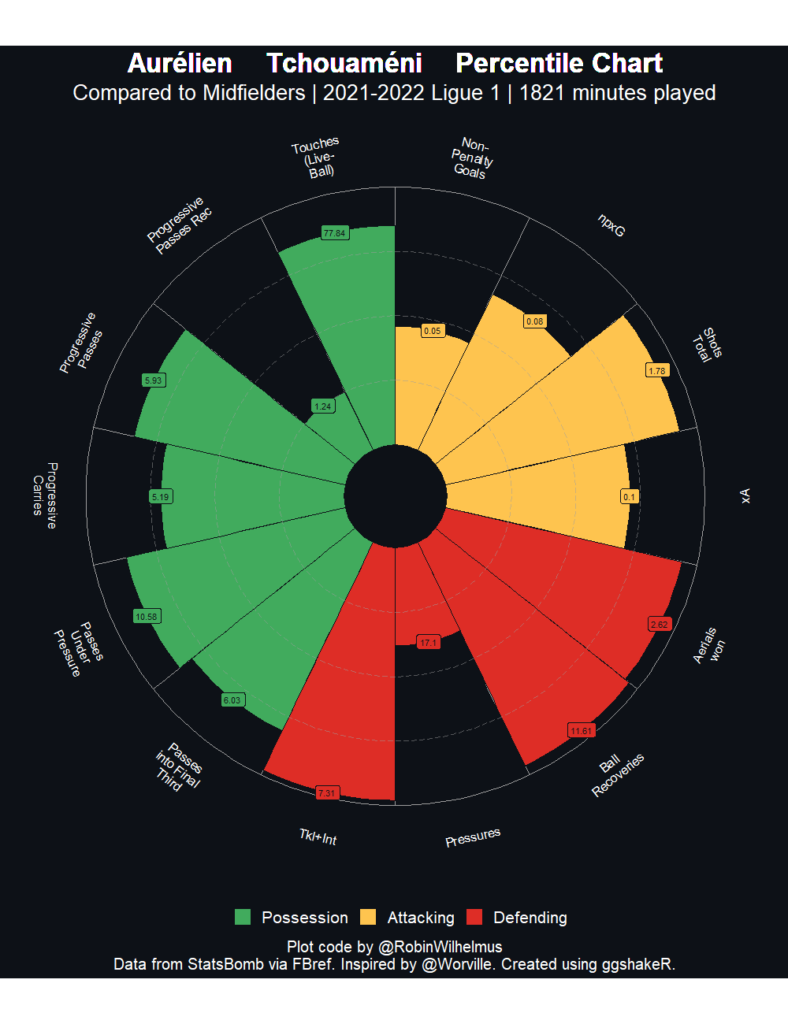
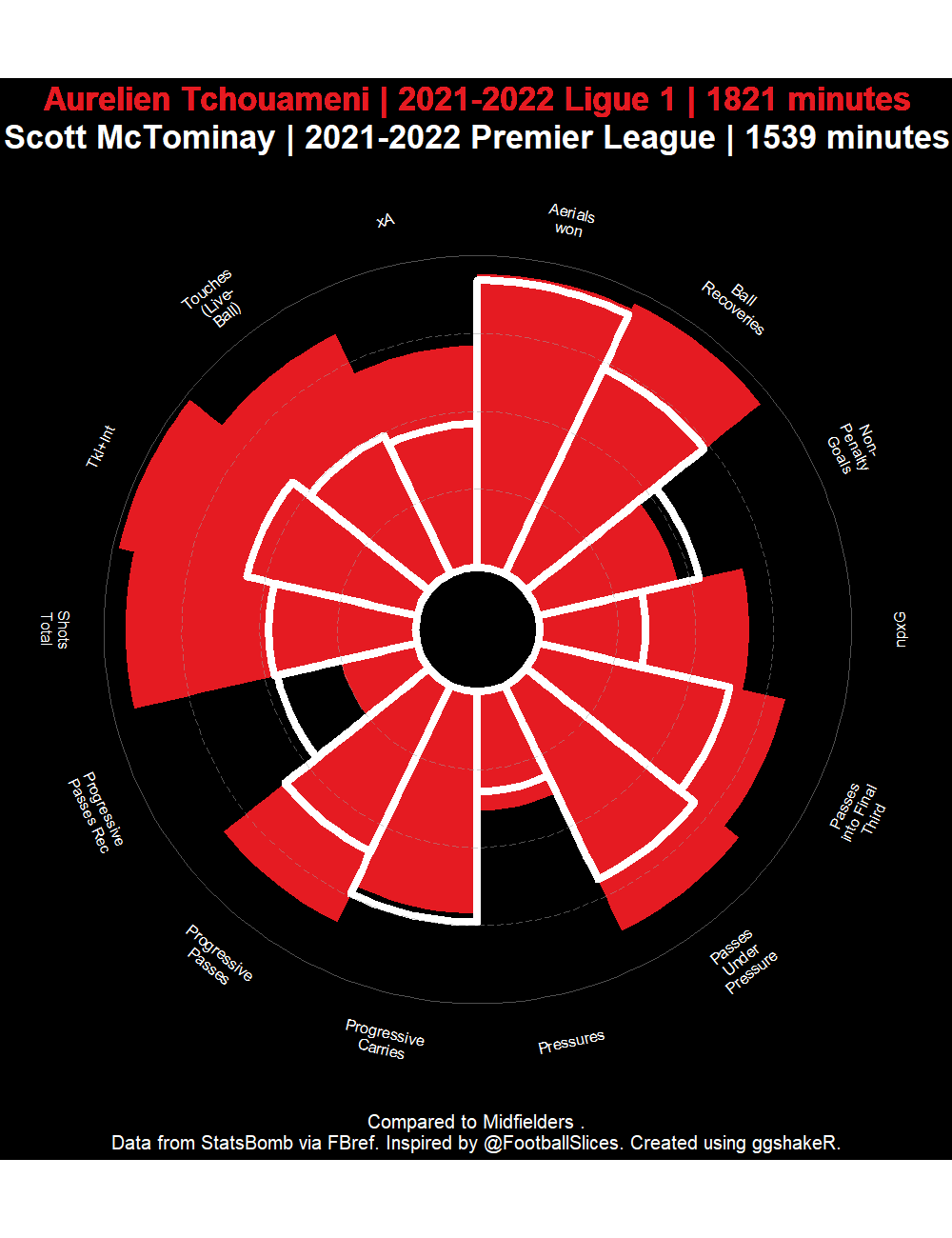
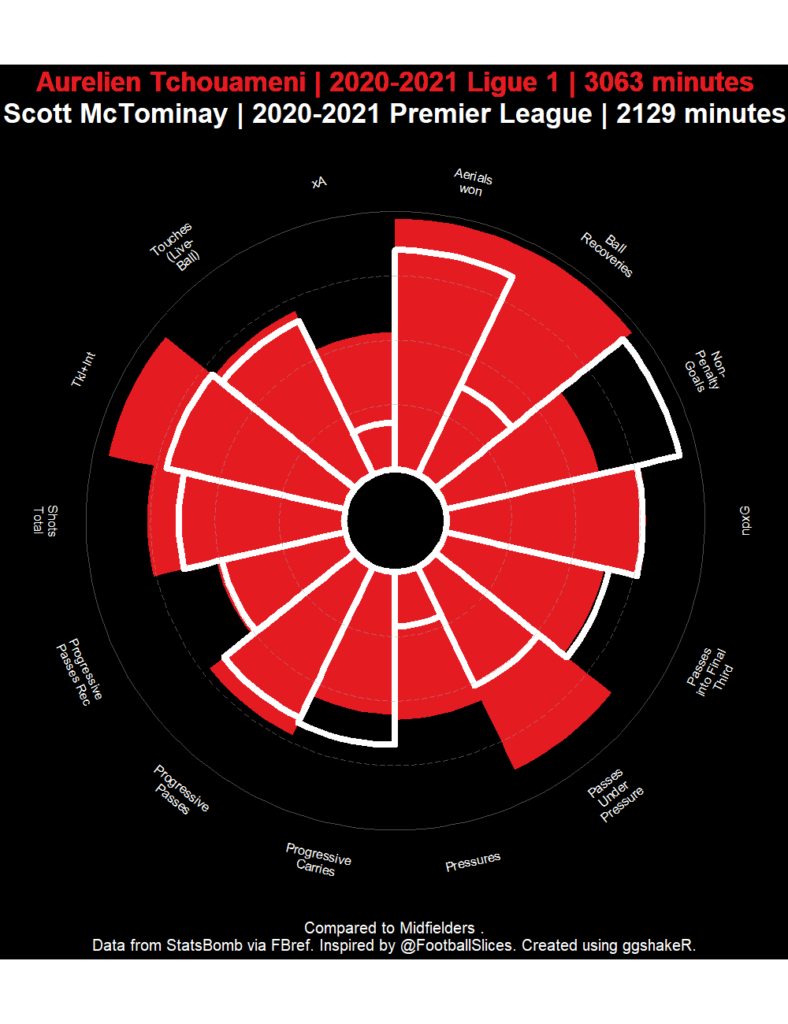

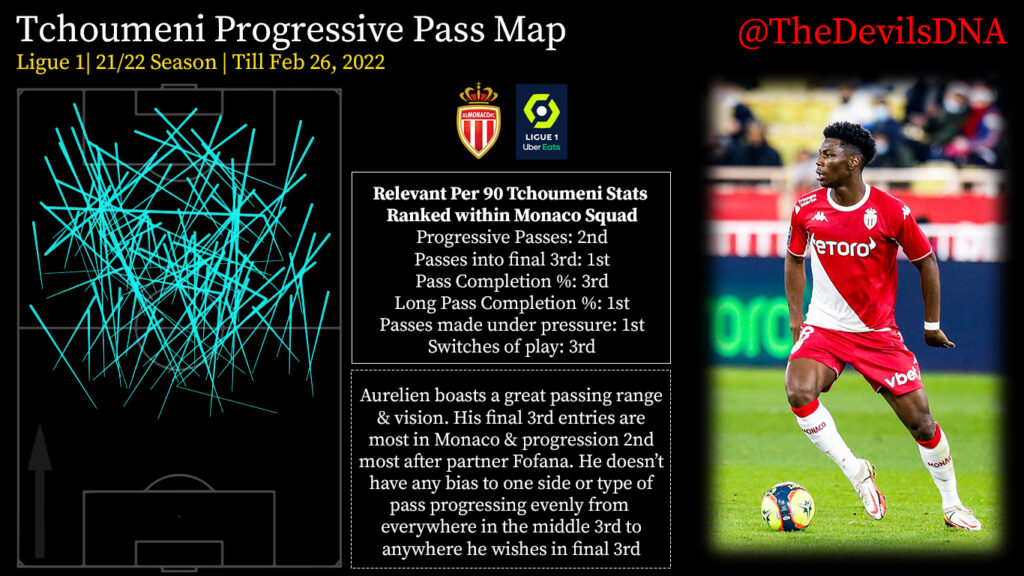
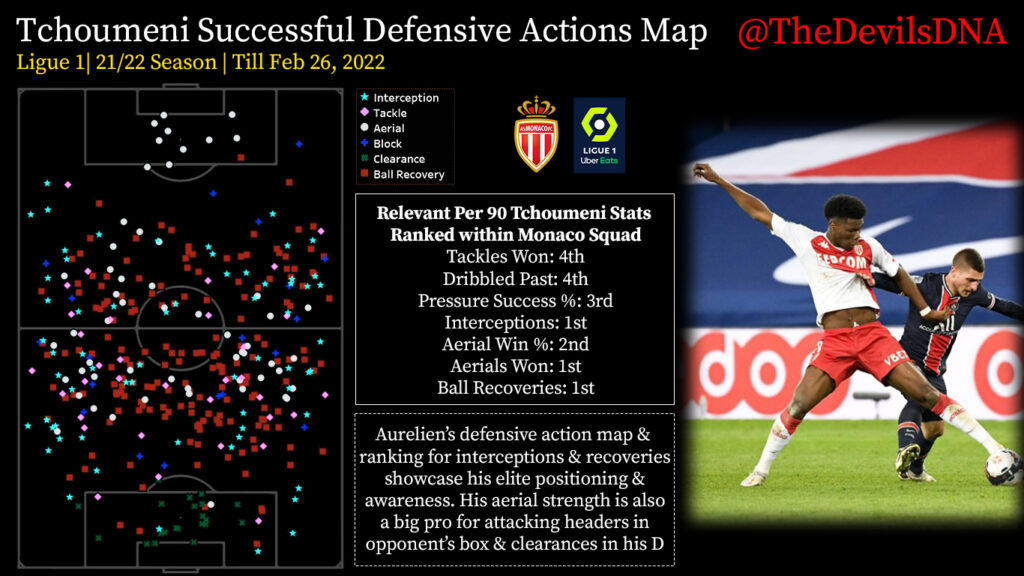
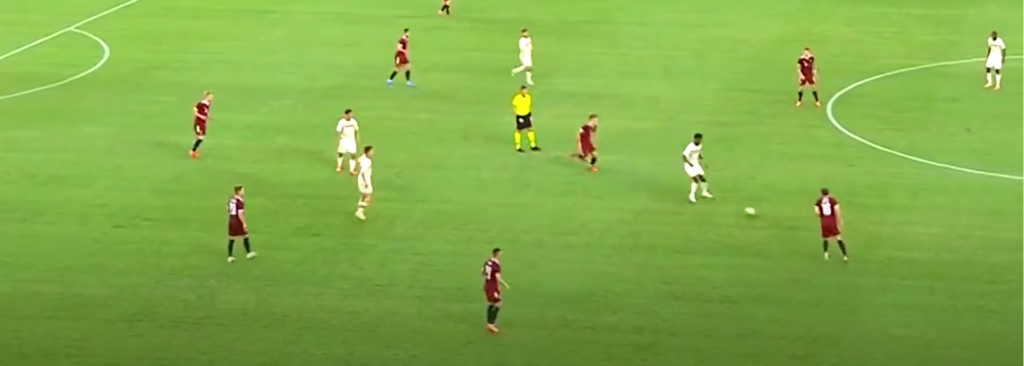
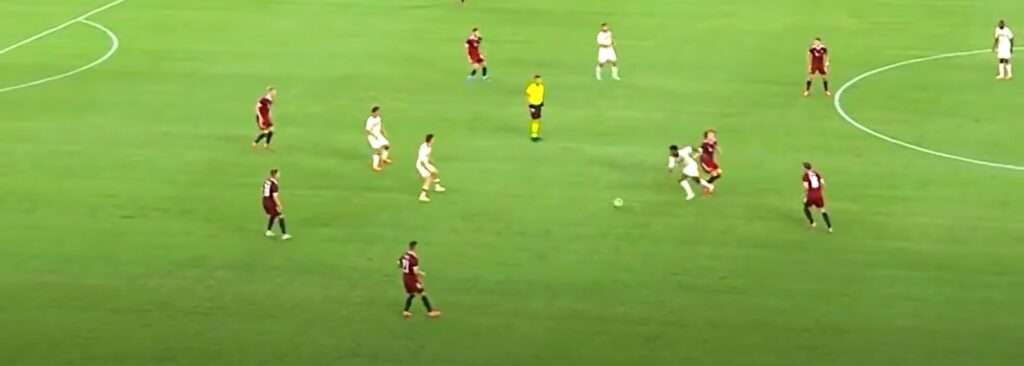
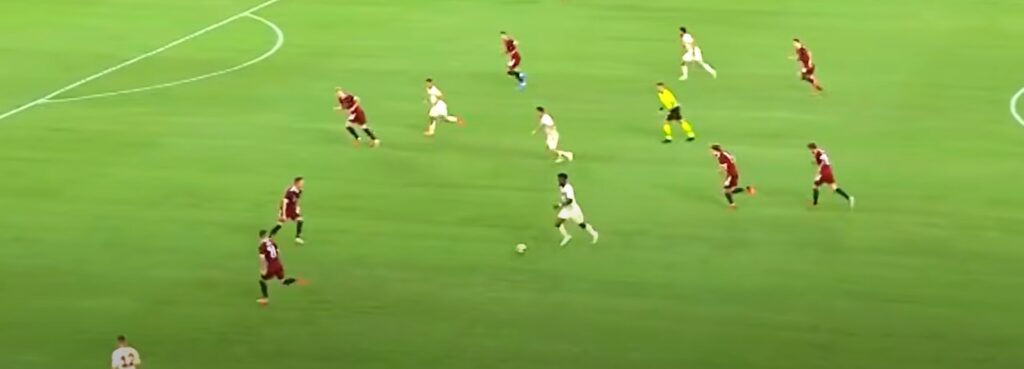
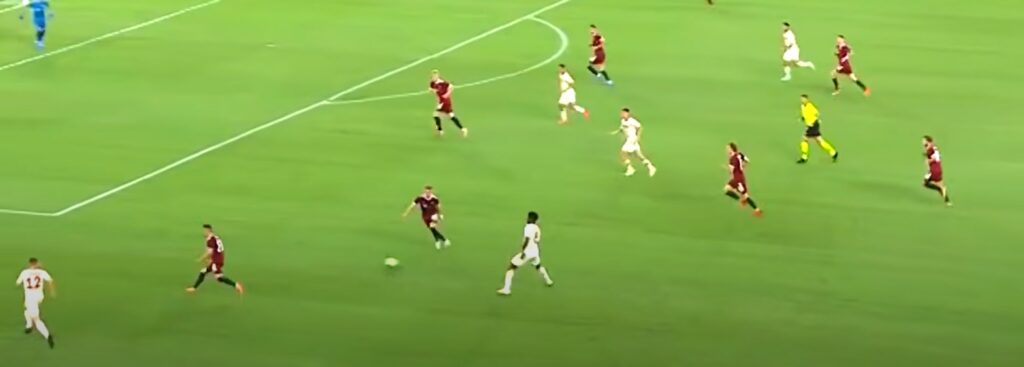
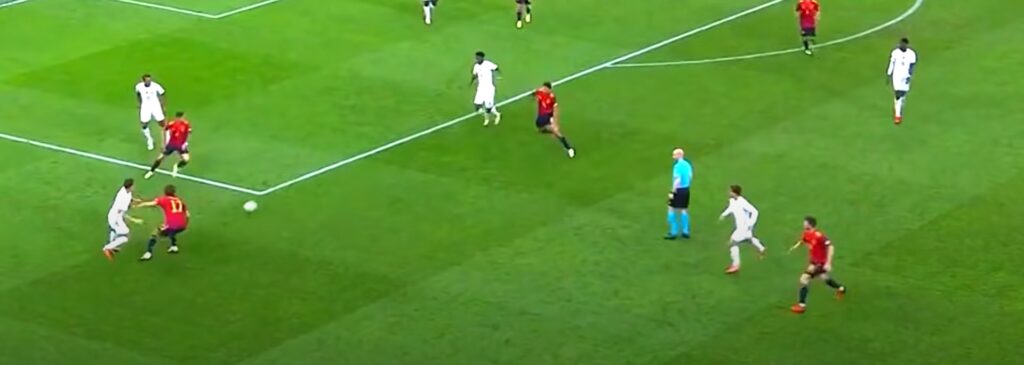
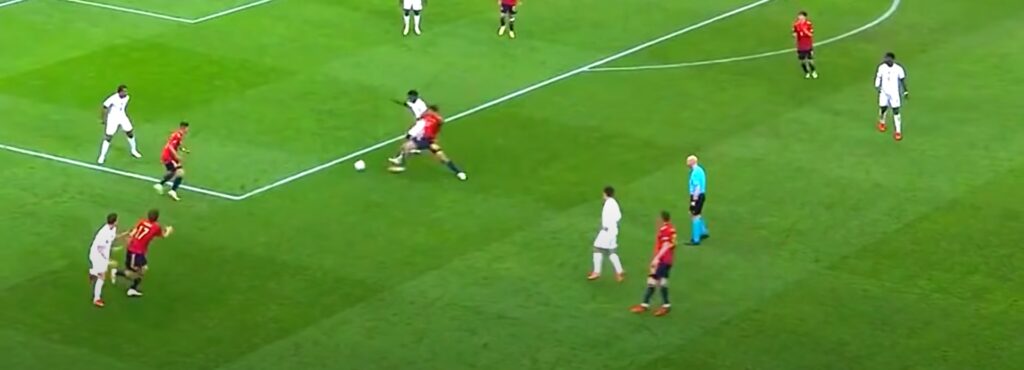
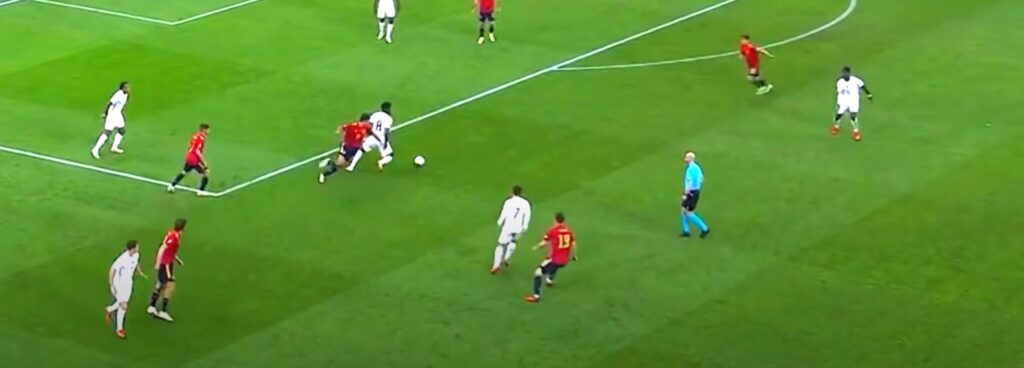
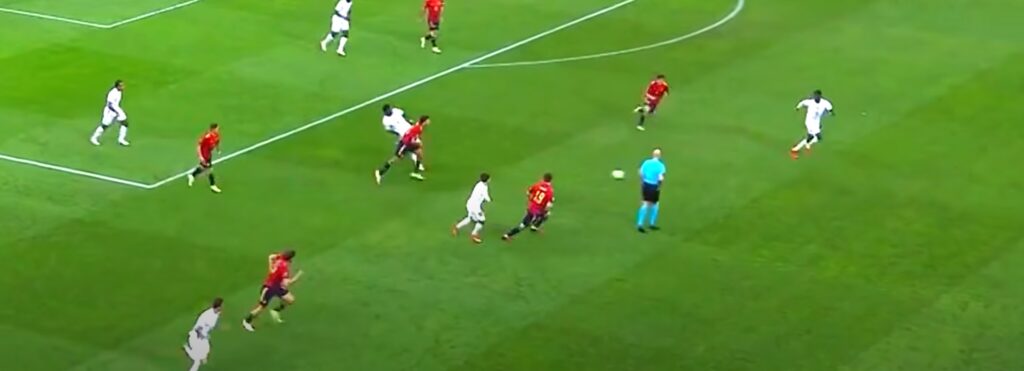
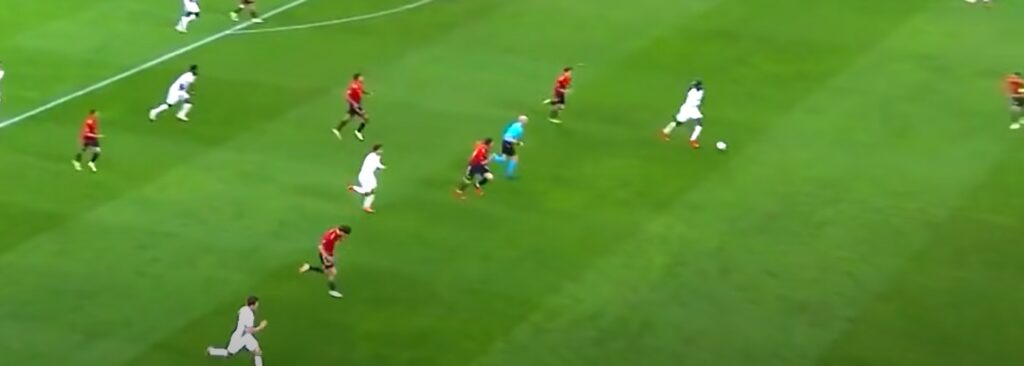
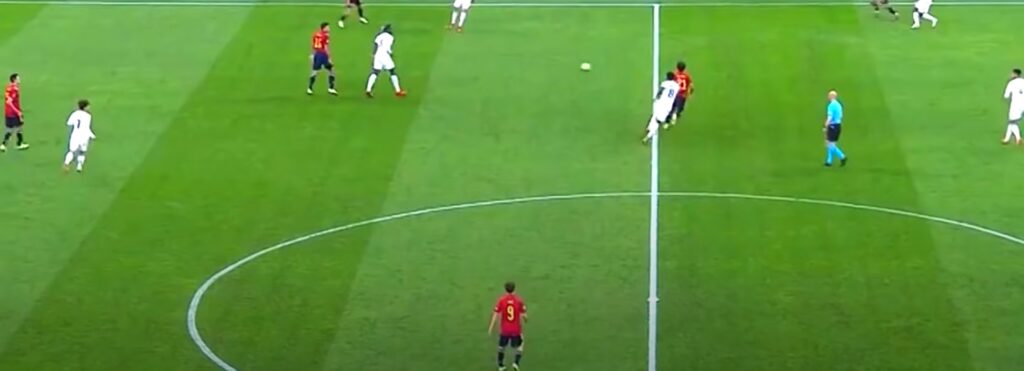
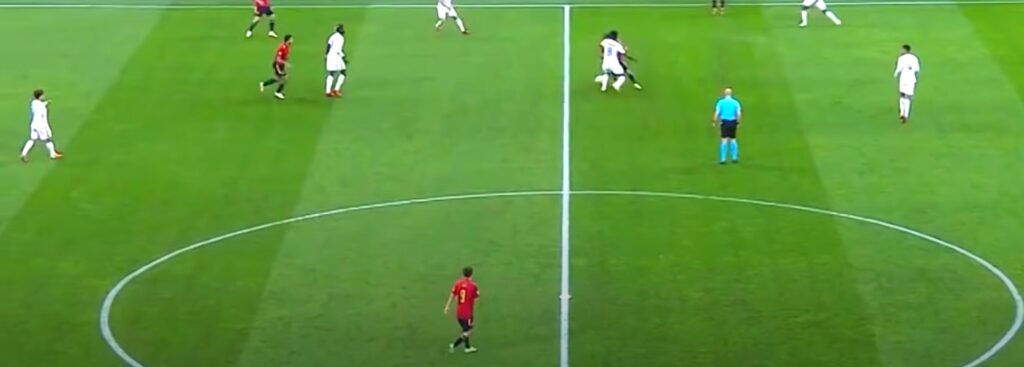
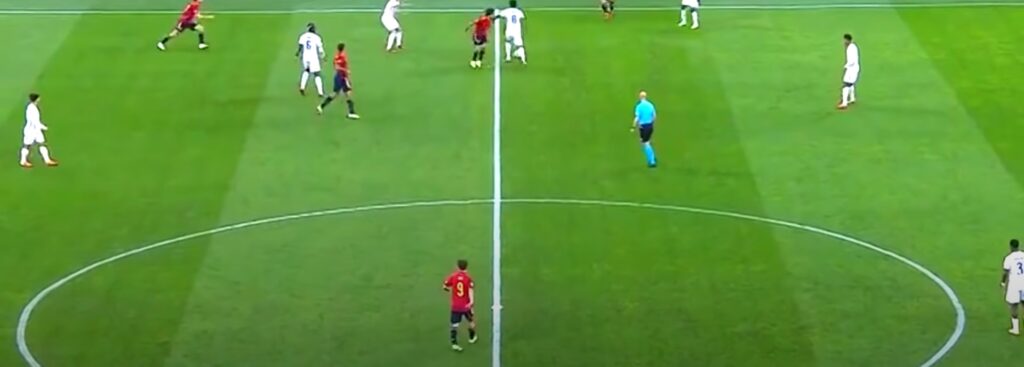
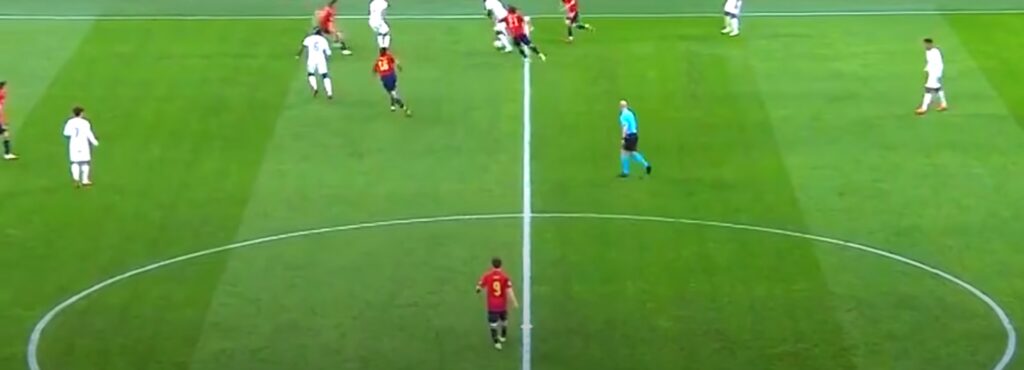
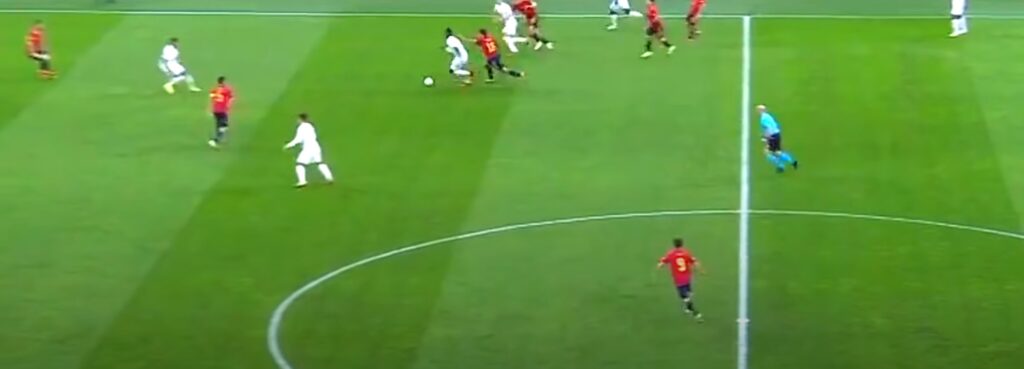

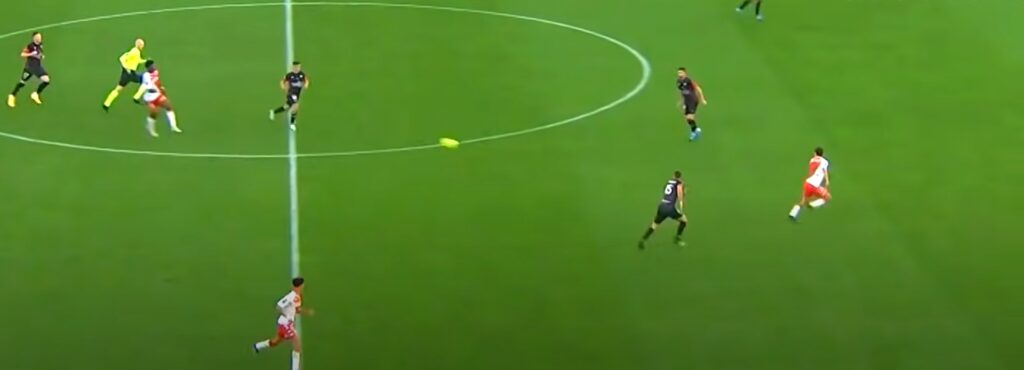


Recent Comments